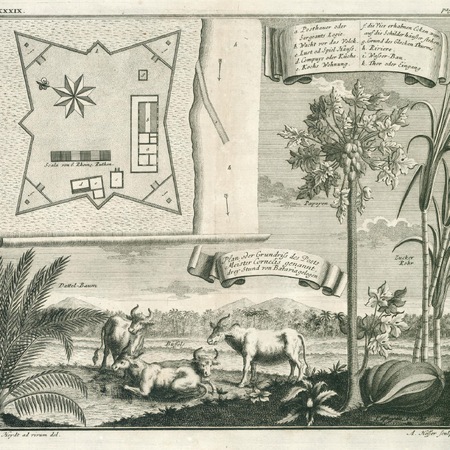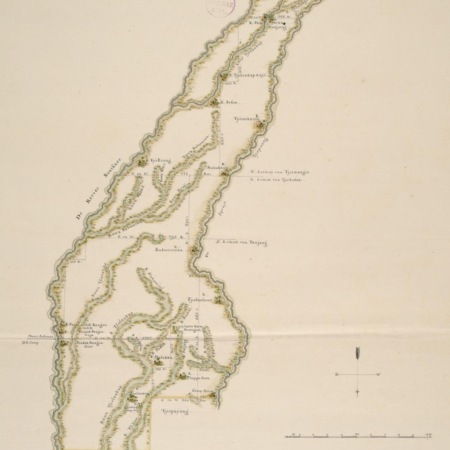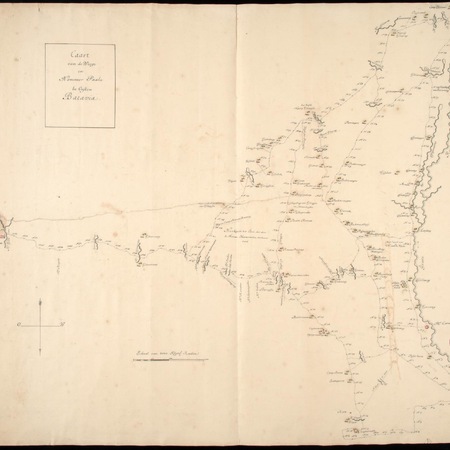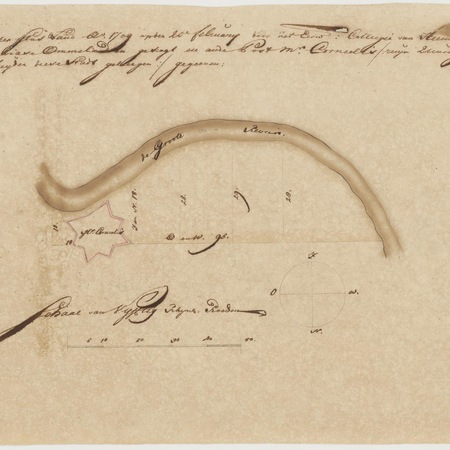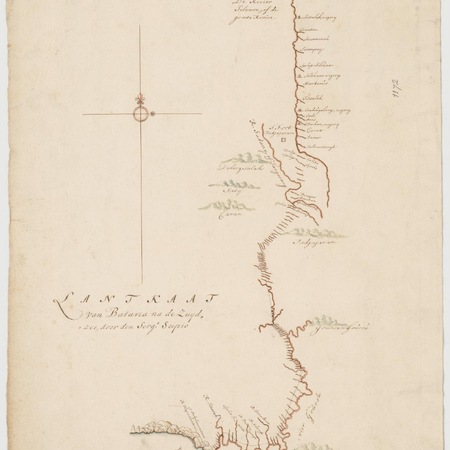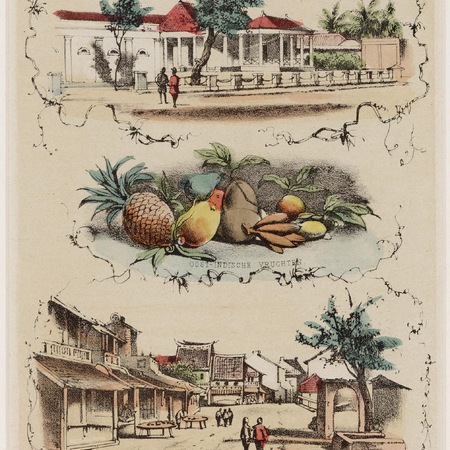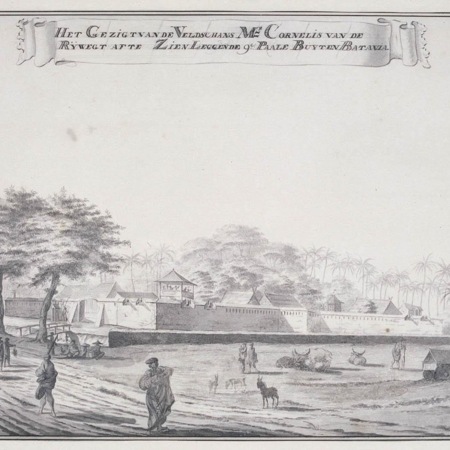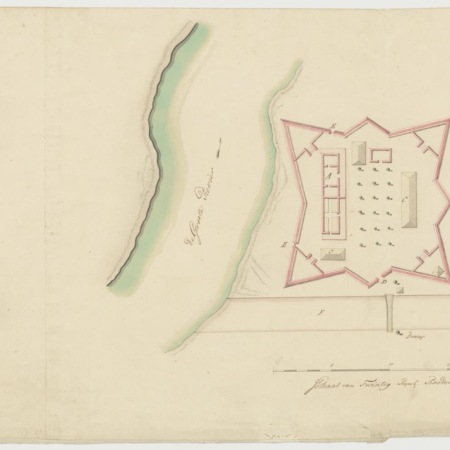The village Meester Cornelis was located about 15 km south of Batavia and derived its name from Cornelis Senen who in 1656 began cutting down wood there. During the war with Bantam (Banten) in 1656 a pagger (wooden fort) was built on the high bank of the Ciliwong river. The small fort controlled the road to Buitenzorg (Bogor). In 1734, the pagger was replaced by a brick fort. (starfort)
After the outbreak of the Chinese rebellion in september 1740 the High Government sent reinforcements to Mr. Cornelis. In October a Chinese attack on on the fort could be repelled.
In 1746, under Governor General Gustaaf Willem baron van Imhoff (1743-1750) Mr. Cornelis became an encampment to train soldiers in this area with cooler air and less malaria than near the coast.
The pub in the fort became the destination of a popular day trip for inhabitants of Batavia.
In 1810, Governor General Herman Willem Daendels (1808-1811) ordered the construction of a large retranchement (reinforced army camp) in Mr. Cornelis. The existing fort was incorporated in the ramparts.
Governor General Jan Willem Janssens (1811) could not prevent that the camp was taken by the English on August 26, 1811.
After the return of the Dutch government the fort was redesigned as a military prison. The building subsequently served as a women's prison. It is unknown in what year it was demolished. The prison was closed around 1990. On the modern map the fort is located directly northeast of the bridge over the Ciliwung river in Jakarta Jatinegara, kel. Kampung Melayu 13320.
